Blog
Aesthetics Training
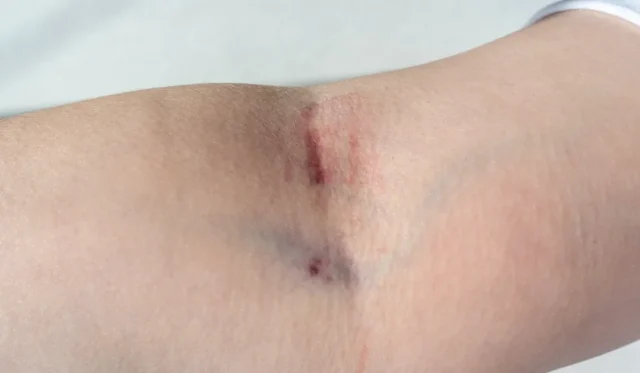
Swollen Injection Site from a Butterfly Catheter? Here’s What You Need to Know
Have you ever noticed a bump, bruise, or red and swollen area after getting an IV or injection from a…
Read More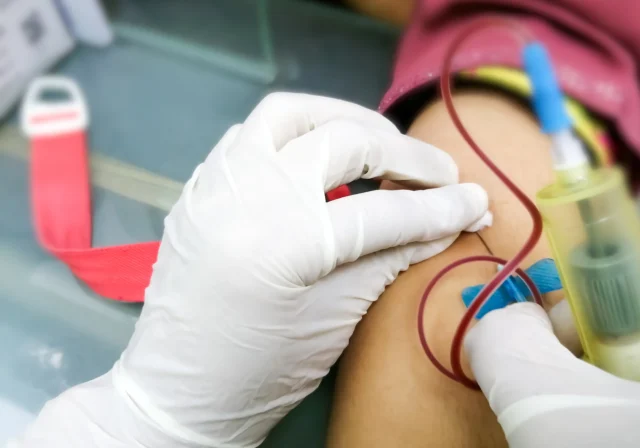
Butterfly Needles by Age: Size and Gauge Guide for Children, Adults & Elderly
Have you ever wondered about the factors healthcare professionals consider when choosing a needle for a procedure? Age, vein size,…
Read More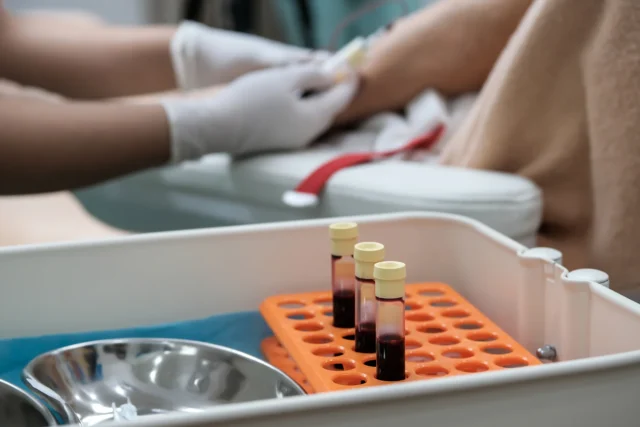
Drawing Blood with a Butterfly Needle: A Step-by-Step Guide for Proper Technique
Need to draw blood for a medical test or donation? Perhaps, you're just brushing up on proper blood drawing technique…
Read More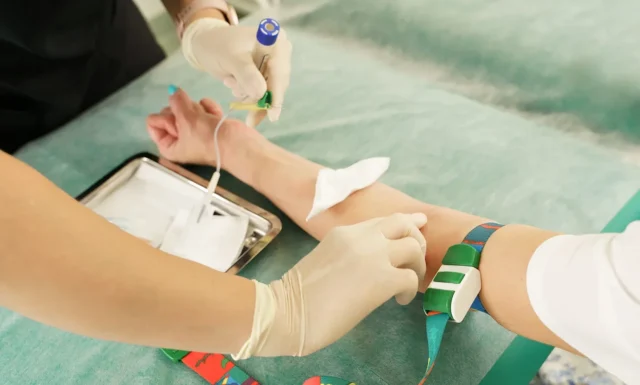
Calculating the Infusion Time of 500mL Infusions with 23 Gauge Butterfly Needles
Administering intravenous (IV) fluids and medications is a common medical procedure, but it requires careful attention to infusion rates and…
Read More
Butterfly Needle Injections Made Easy: Tips and Techniques for Healthcare Pros
Butterfly needles are a handy tool for giving intravenous medications and fluids. The flexible tubing and thin needles are gentler…
Read More
A Complete Guide to Proper Butterfly Needle Removal and Disposal
Getting blood drawn is often necessary for medical tests and procedures. However, it can also lead to many anxious patients.…
Read MoreButterfly Needles

Can You Use a Butterfly Needle for an IV?
Understanding the Compatibility of Butterfly Needles with IV Infusions The medical world is full of tools and techniques that cater…
Read More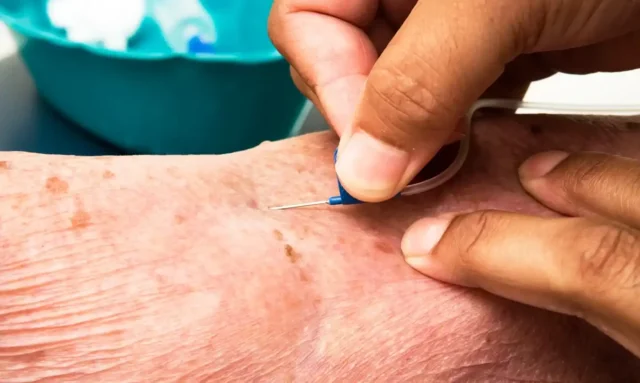
Navigating the Vascular System: How to Find a Vein for IVs, Injections, and Blood Draws
Expert Advice on Locating the Right Vein for Your Needs Finding a vein can be crucial in various situations, such…
Read More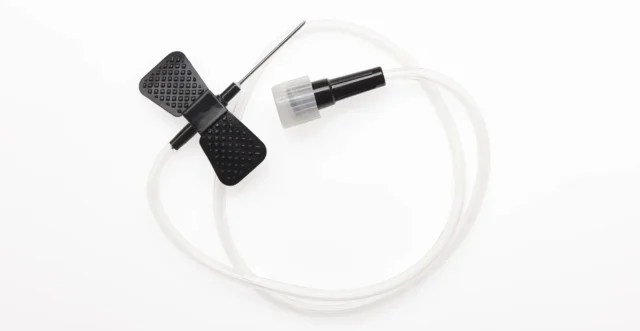
Butterfly Needle vs Straight Needle: A Comprehensive Comparison
Examining the Differences, Advantages, and Best Practices for Each Type of Needle When it comes to blood draws or intravenous…
Read More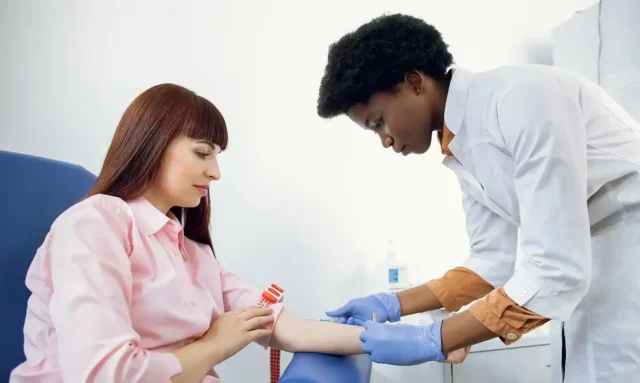
Why Is the Butterfly Needle Bad For NIPT?
Non-invasive prenatal testing, or NIPT, is a new test for pregnant women. It tests for Down Syndrome, also known as…
Read More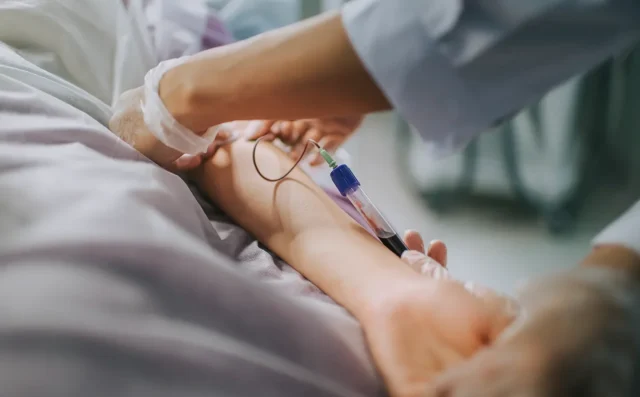
When Was The Butterfly Needle Invented?
A butterfly needle is a single-use needle used for venipuncture which has a short length and can be used on…
Read More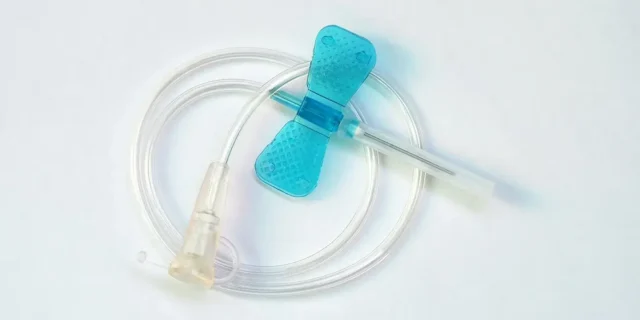
What is a Butterfly Needle for Phlebotomy?
Receiving injections is one of the most basic yet vital medical procedures in many aspects of healthcare, whether for extracting…
Read MoreDerma Rollers

How Much Collagen Can Be Produced by a Derma Roller
If you're considering derma rolling to combat signs of aging skin, you probably have one burning question: how much extra…
Read More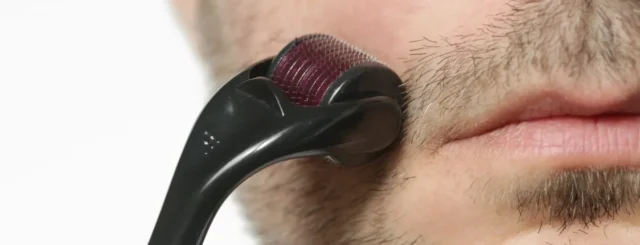
Derma Rolling for Beard Growth: How Often for Best Results
Beard not filling out how you hoped? Derma rolling can help, but overdoing it can backfire. At Face Med Store,…
Read More
Derma Roller Replacement Guide – When to Swap Old for New
The need to replace dull needles when using a derma roller is underestimated by many first-time users. A derma roller's…
Read More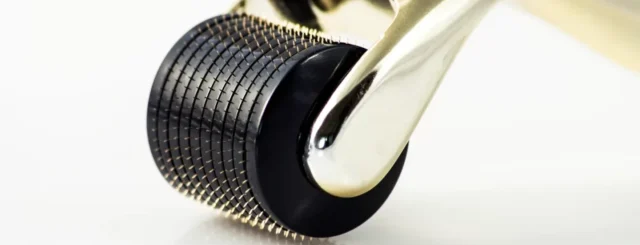
Optimal Pressure and Technique Using a 0.30mm Derma Roller
Trying your hand at derma rolling to improve your skill and skin in the process? You may have about the…
Read More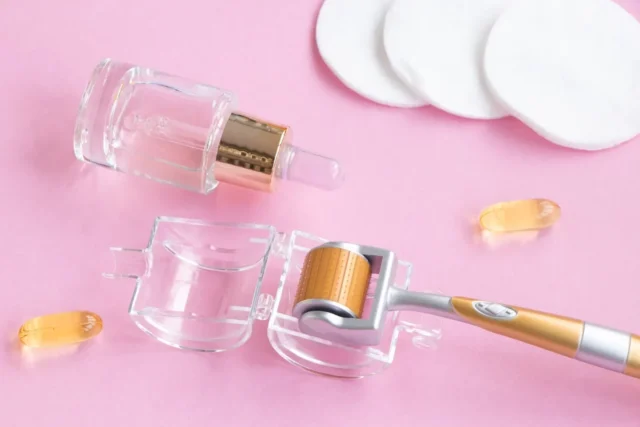
Do You Need Serum with a Derma Roller? Expert Guide on Pairing Serums with Derma Rolling
If you’re considering trying derma rolling to help improve your skin’s texture and appearance, you may be wondering if you…
Read More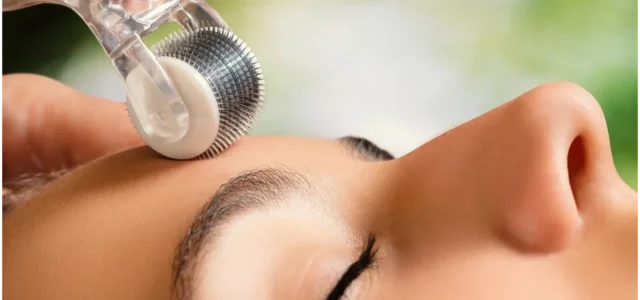
Derma Rolling Dangers: Preventing Skin Damage and Hyperpigmentation
Microneedling with a derma roller involves literally puncturing your skin repeatedly with tiny needles! The mere thought is enough for…
Read MoreDermal Fillers

What Is The Longest Lasting Facial Filler?
Dermal fillers have become one of the most popular facial cosmetic procedures performed, partially because of the range of different…
Read More
Why Dermatologists Should Study The Rheology Of Their Dermal Fillers
According to research by the American Society of Plastic Surgeons, around 2.6 million dermal filler injections were performed in the United…
Read More
HA vs. Non-HA Fillers: Which Should You Use?
Skin rejuvenation treatments are one of the most common cosmetic procedures performed to help the body combat the signs of…
Read MoreExosomes

Advanced Exosome Applications: Targeting Scar Revision, Pigmentation, and Inflammatory Skin Conditions
Regenerative aesthetics, led by exosomes, offers innovative solutions in aesthetic medicine by harnessing the body's healing. This guide provides aesthetic…
Read More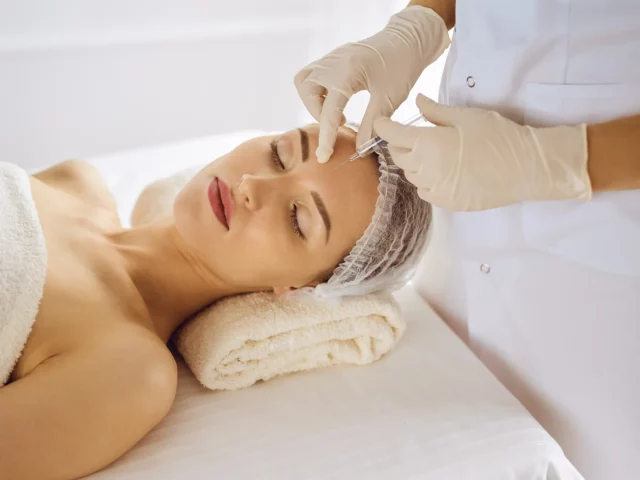
The Future is Acellular: Innovations and Emerging Applications of Exosomes in Medical Aesthetics
Exosomes, an acellular technology, are leading this change in skin rejuvenation, recovery, and practice growth. Integrating exosome therapy is crucial…
Read More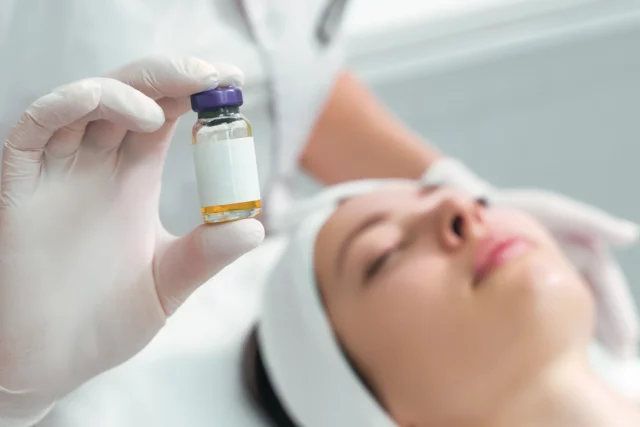
Mastering Patient Communication: Effectively Explaining the Transformative Benefits of Exosome Therapy
Exosome therapy revolutionizes aesthetic medicine, offering remarkable results in skin rejuvenation, hair restoration, and tissue repair. However, bridging the gap…
Read More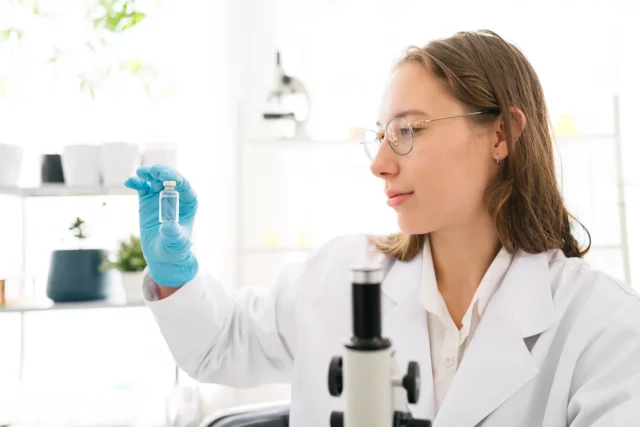
Not All Exosomes Are Created Equal: Sourcing, Purity, and Safety Standards for Medical-Grade Exosomes
The field of regenerative aesthetics is buzzing with the promise of exosomes, and for good reason. These nanoscale messengers hold…
Read More
Beyond the Hype: Examining the Clinical Evidence and Research Supporting Exosome Efficacy in Aesthetics
Exosomes are the talk of every conference and the feature of countless industry articles lately. As a practitioner dedicated to…
Read More
Integrating Exosomes into Your Practice: Protocols & ROI
Exosome therapy is rapidly emerging as a frontier in regenerative medicine and aesthetics, offering innovative treatment avenues. For practitioners considering…
Read MoreFibroblast Growth Factor

Role Of Fibroblast Growth Factors In Tissue Healing
Fibroblast growth factor (FGF)2/basic FGF is a member of the fibroblast growth factor family. Its role in skin tissue healing…
Read More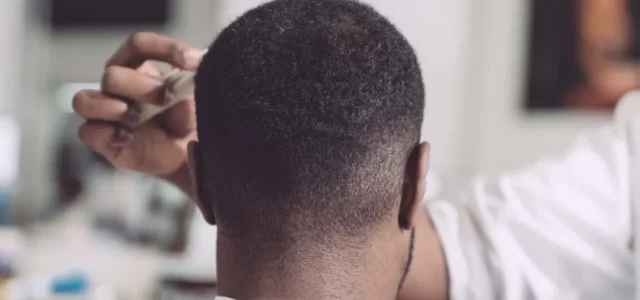
Fibroblast Growth Factors Stimulates Hair Growth
FGF(Fibroblast Growth Factors) incites hair growth and are involved in the management of hair morphogenesis and the hair growth cycle.…
Read More
Using Fibroblast Growth Factor To Rejuvenate Your Hair And Skin
You don't have to accept it anymore that your hair and skin are aging. The science is here to slow…
Read MoreFiller Side Effects

Is Doxycycline Effective for Managing Nodules From Dermal Fillers?
For information only. Not meant as advice in any form. Please consult your medical professional. Lumps are not a particularly…
Read More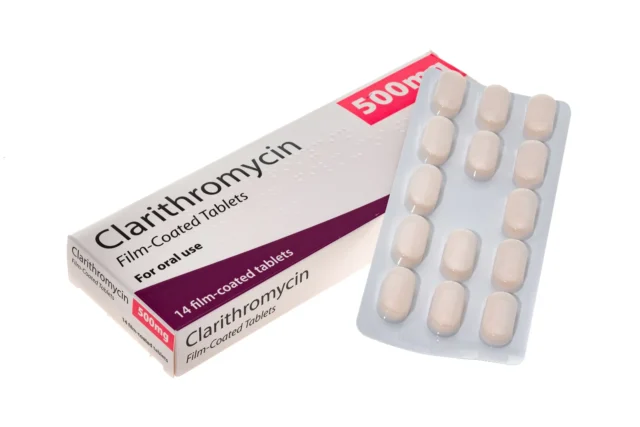
Can Clarithromycin Treat Nodules from Dermal Fillers?
For information only. Not meant as advice in any form. Please consult your medical professional or lawyer. Dermal filler treatment…
Read More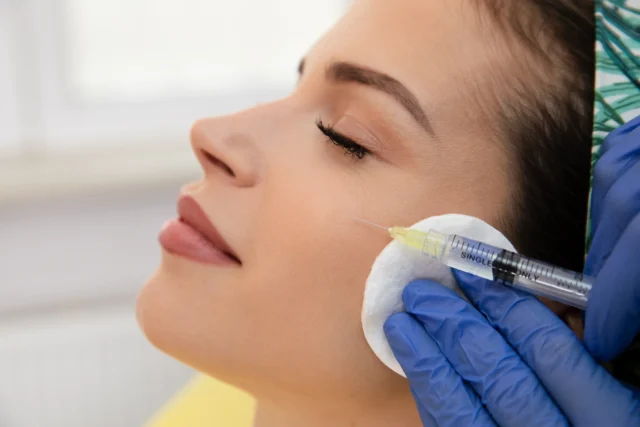
Can You Use Colchicine and Indocin to Manage Late Onset Nodules From Dermal Fillers?
For information only. Not meant as advice in any form. Please consult your medical professional. Dermal fillers are generally a…
Read More
Can a CT Scan Detect the Difference between Dermal Filler from Nodules?
For information only. Not meant as advice in any form. Please consult your medical professional or lawyer. Computed tomography or…
Read More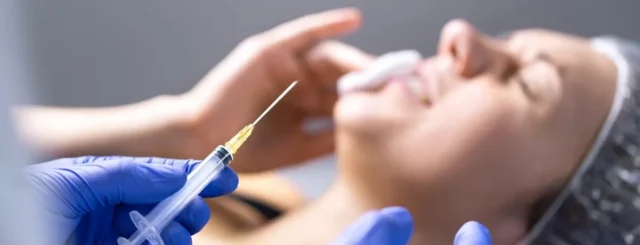
Granuloma Lip Filler Nodules: Are They Normal?
Over the years, dermal filler injections have provided numerous patients with significant advantages, improving their quality of life. Patients have…
Read More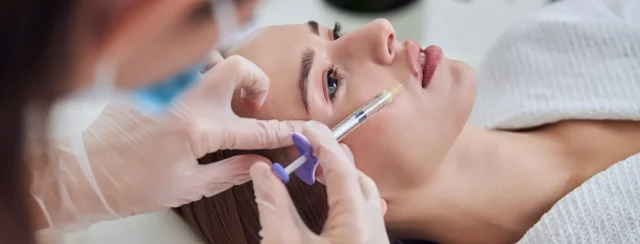
Delayed Onset Nodules From Dermal Fillers: Diagnosis and Treatment
Our faces are made up of 4 main structural elements: skin, muscle, fat, and bone. Many of the obvious indications…
Read MoreGeneral
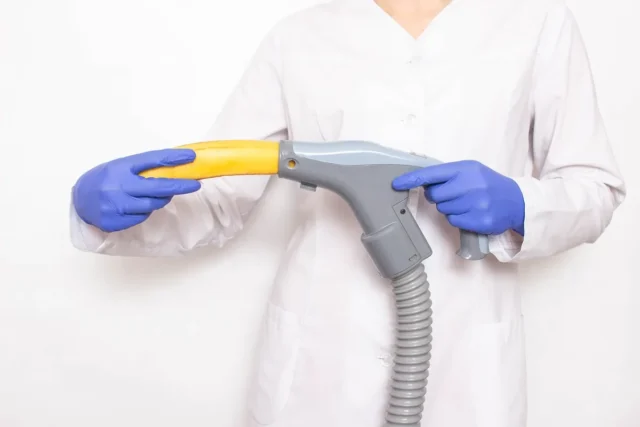
Is It Safe to Do an Extreme Penis Pump Marathon?
While penis pumps are a well-known penis enlargement method, some men resort to over pumping because the pressure produced by…
Read More
What You Need to Know About Using a Penis Pump
The advancements in non-drug treatments for various health conditions have come a long way. If you’re looking for a specific…
Read More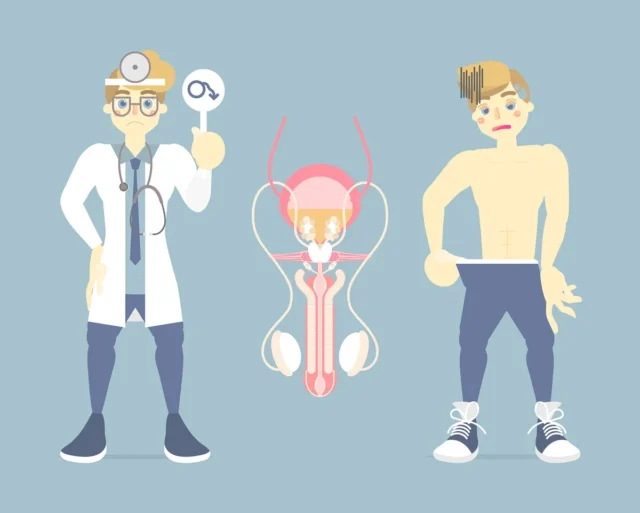
How to Choose The Best Penis Pump for You
It can be completely discouraging to know that you are afflicted with erectile dysfunction as it puts a halt to…
Read More
What Are The Largest Penis Pumps for Men?
Erectile dysfunction can hamper the sexual health of any penis, ever those with a larger than average size. One of…
Read More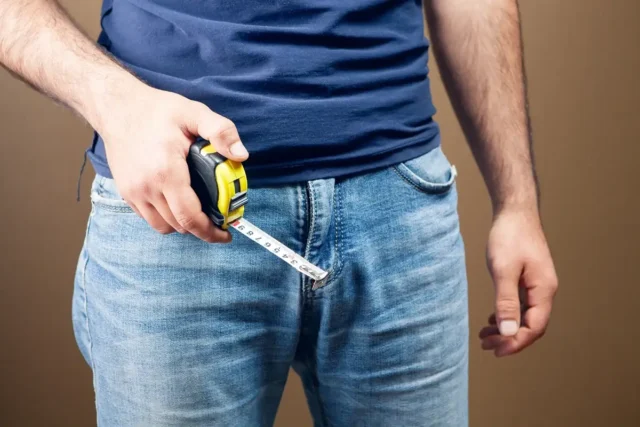
How Penis Pumps Increase Girth
While penis length is a common point when discussing size, it can be argued that girth could increase the experience…
Read More
How to Use a Penis Pump
Erectile dysfunction may come without warning and put a stop to sexual activity and may damper sexual health. It may…
Read MoreGrowth Factors

What Does Growth Factor Treatment Mean For Hair?
Growth factor treatments are by far one of the most revolutionary ways to treat a variety of medical and cosmetic…
Read More
Is Creatine Growth Factor Hair Loss Reversible?
It’s normal for individuals to take nutritional supplements that enhance their strength and stamina, especially those who are working out…
Read More
Are Hair Growth Factors In Platelet-Rich Plasma Suppressed By Anti-Inflammatories?
Anti-inflammatories are medications that have a wide range of uses, from treating an inflammatory disease to relieving soreness and fever.…
Read More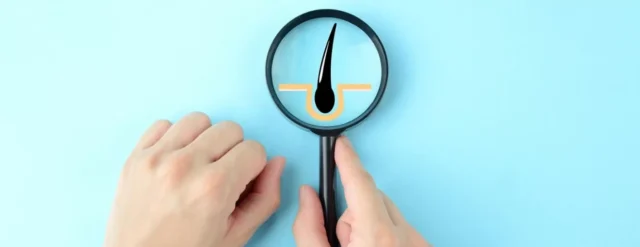
How Do Platelet-Derived Growth Factors Help With Hair Regrowth?
Platelet-rich plasma treatments are at the forefront of regenerative medicine, but their use in aesthetic procedures and treatments hasn't been…
Read More
Do Anti-Inflammatories Help With Hair Growth Factors?
Anti-inflammatories (or NSAIDs) fulfill many essential medical needs for patients. In many cases, they can be a life-saving drug, while…
Read More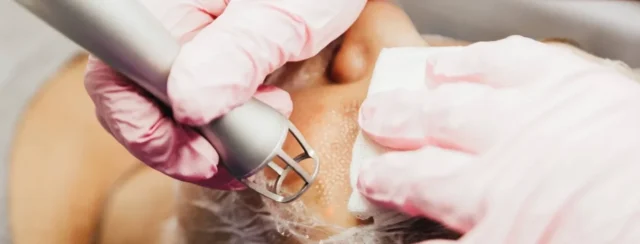
Fractional CO2 Laser Therapy and Other Potential Hair Growth Factors That Can Improve Your Hair
Around 1 in 5 Americans are experiencing significant hair loss. Due to a number of reasons, your hair may gradually…
Read MoreHair and Skin Rejuvenation
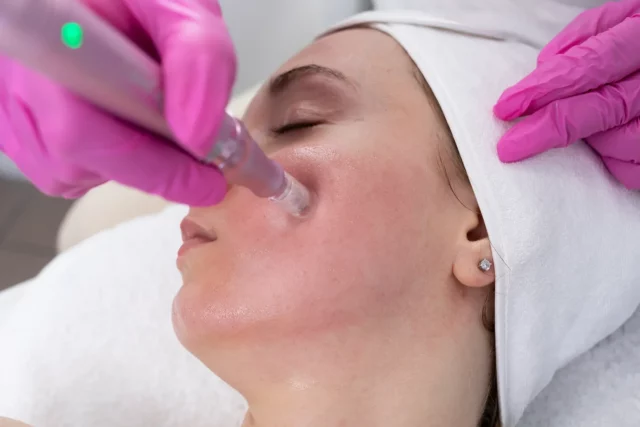
The Evolving Landscape: Advanced Applications and Future Innovations in Microneedling Pen Technology
How Professional Microneedling Devices Are Revolutionizing Aesthetic Practices Professional microneedling pens are evolving beyond basic skin treatments to include enhanced…
Read More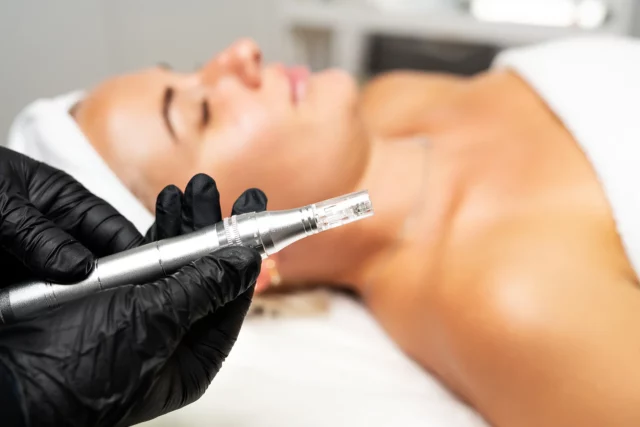
Profitable Precision: Integrating Microneedling Pen Services to Elevate Your Practice and Boost ROI
Transform Your Aesthetic Practice by Adding High-ROI Microneedling Services Microneedling pen services elevate practices and boost ROI through low-investment, high-return…
Read More
Building Trust & Ensuring Success: Effective Client Consultation and Post-Care for Microneedling Pen Services
The Foundation of Flawless Skin: Beyond the Pen Itself Effective client consultation for microneedling pen services requires clear communication about…
Read More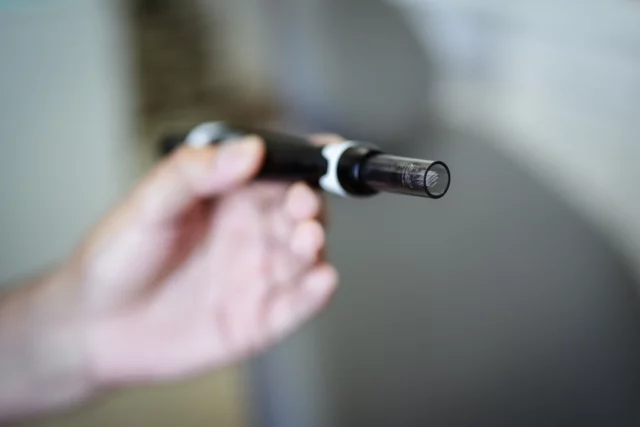
The Professional’s Edge: Why Microneedling Pens Surpass Rollers and Complement Other Aesthetic Modalities
Advancing Your Practice: How Professional Microneedling Devices Transform Modern Aesthetics Microneedling pens surpass rollers and complement other aesthetic modalities through…
Read More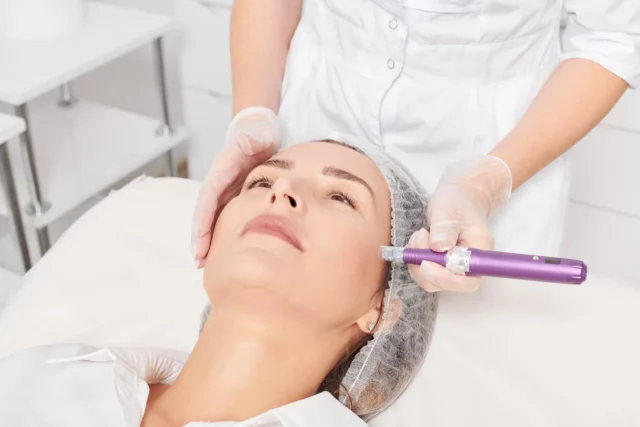
Synergistic Effects: Maximizing Microneedling Pen Results with Targeted Topical Serums & Growth Factors
Unlocking Your Skin's True Potential Through Powerful Combinations Topical serums and growth factors dramatically improve microneedling results by penetrating deep…
Read More
Advanced Exosome Applications: Targeting Scar Revision, Pigmentation, and Inflammatory Skin Conditions
Regenerative aesthetics, led by exosomes, offers innovative solutions in aesthetic medicine by harnessing the body's healing. This guide provides aesthetic…
Read MoreHypodermic Needles
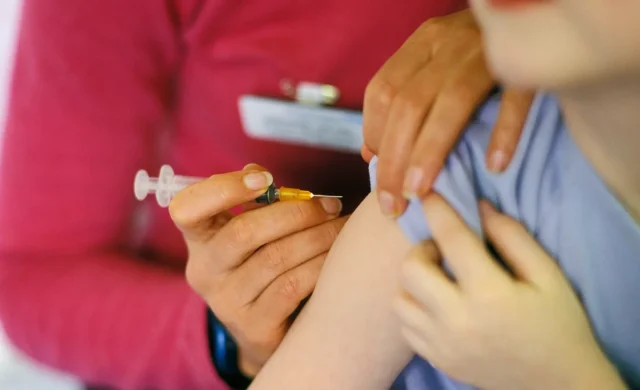
Best Hypodermic Needle Brand
Ensuring Accuracy and Comfort in Medical Procedures Finding the right hypodermic needle brand can be a daunting task, especially when…
Read More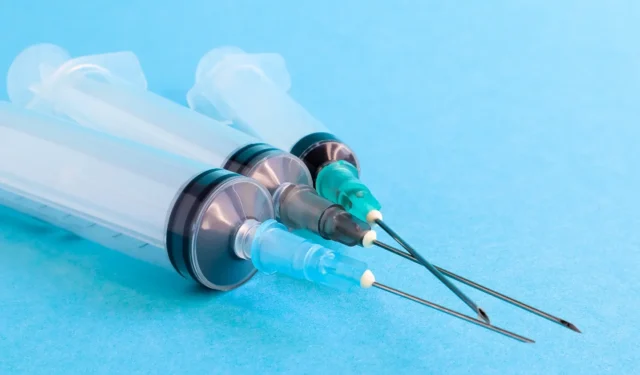
Hypodermic Needle Manufacturers
Advancing Medical Safety: The Top Hypodermic Needle Manufacturers in the US In today's fast-paced world, it's hard to imagine a…
Read More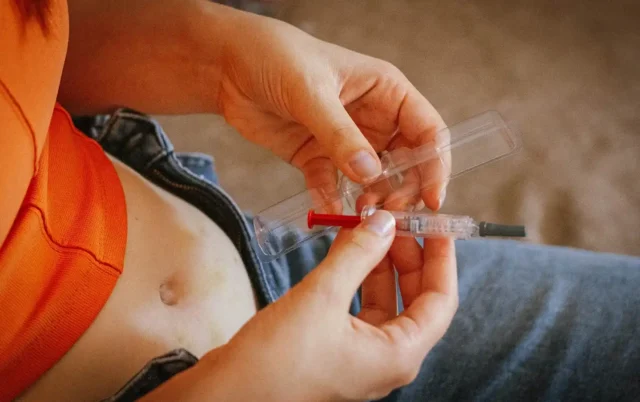
How to Make a Hypodermic Needle at Home (And Why You Shouldn’t Do It)
Dangers and Risks of Attempting to Make a Hypodermic Needle at Home As the thought has crossed your mind, I…
Read More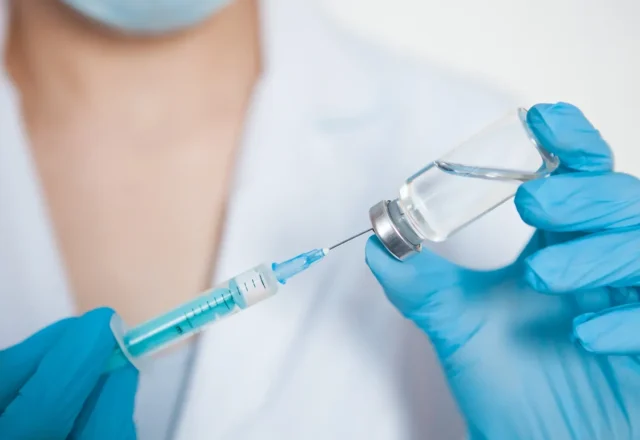
Possession Of Hypodermic Needle
Understanding Laws and Regulations Surrounding Hypodermic Needles A hypodermic needle is a slim, hollow tube with a sharp end used…
Read More
Hypodermic Needle Disposal
Safe and Efficient Practices: Ensuring Public Health and Environmental Safety Every day, countless needles are used in various healthcare settings…
Read More
How To Sharpen A Hypodermic Needle
Needle Maintenance 101: Ensuring Precision and Safety with Sharper Hypodermic Needles It's essential to keep these hypodermic needles sharp as…
Read MoreInjection Techniques

Voluma Injection Techniques for a Non-Surgical Facelift
Symmetrical, plump cheeks are the height of attractiveness, as they are a sign of youth, health, and vitality. When people…
Read More
Juvederm Lip Injection Technique For Luscious Lips
The lips are one of the main features that make a face more attractive. Over the last few years, non-surgical…
Read More
Facial Fillers: The Best Dermal Filler Injection Technique To Use
Facial fillers are among the most popular in-office cosmetic treatments today. Although the word ‘filler’ is typically used as a…
Read More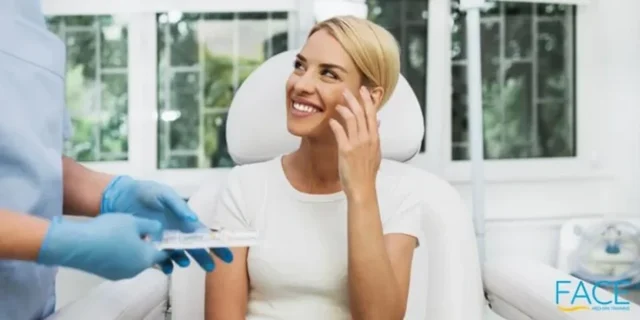
The Benefits Of The Microcannula Technique
Microcannula use has steadily risen with many cosmetic procedures, and more dermatologists and surgeons should incorporate their use with their…
Read More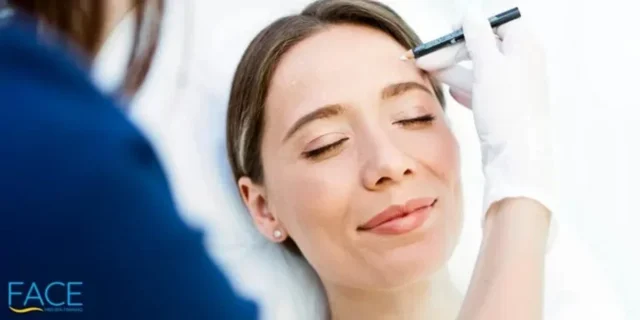
How To Avoid Broken Blood Vessels After Injection Treatments
Injection treatments are some of the most common cosmetic/medical procedures performed. However, while this method is effective at delivering medication…
Read More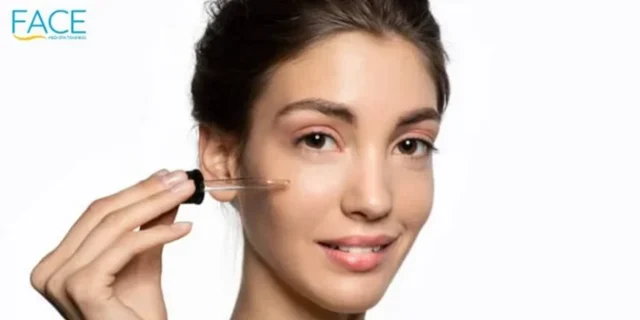
Hyaluronic Acid vs. Retinol
As the largest organ in the entire body, the skin requires a fair amount of maintenance and upkeep to function…
Read MoreLaser Hair Removal

Professional Laser Hair Removal Machines to Add to Your Salon Equipment
Salons can ensure their clients walk out of their business happy by investing in their tools and equipment. This doesn’t…
Read MoreLaser Hair Removal Machines

Professional Laser Hair Removal Machines to Add to Your Salon Equipment
Salons can ensure their clients walk out of their business happy by investing in their tools and equipment. This doesn’t…
Read MoreLaser Helmets
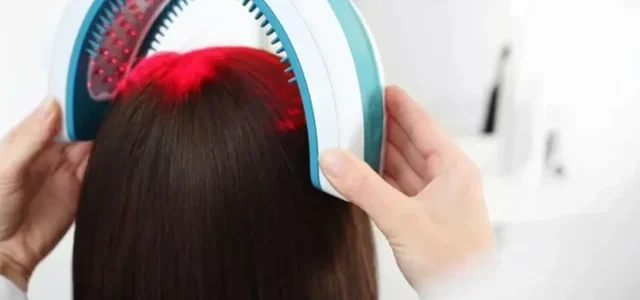
What Are Good Laser Helmet Brands for Hair Growth?
About 1 in 5 American adults experience hair thinning and hair loss. Both men and women experience hair loss for…
Read MoreMale Enhancement

Is It Safe to Do an Extreme Penis Pump Marathon?
While penis pumps are a well-known penis enlargement method, some men resort to over pumping because the pressure produced by…
Read More
What You Need to Know About Using a Penis Pump
The advancements in non-drug treatments for various health conditions have come a long way. If you’re looking for a specific…
Read More
How to Choose The Best Penis Pump for You
It can be completely discouraging to know that you are afflicted with erectile dysfunction as it puts a halt to…
Read More
What Are The Largest Penis Pumps for Men?
Erectile dysfunction can hamper the sexual health of any penis, ever those with a larger than average size. One of…
Read More
How Penis Pumps Increase Girth
While penis length is a common point when discussing size, it can be argued that girth could increase the experience…
Read More
How to Use a Penis Pump
Erectile dysfunction may come without warning and put a stop to sexual activity and may damper sexual health. It may…
Read MoreMed Spa Regulations
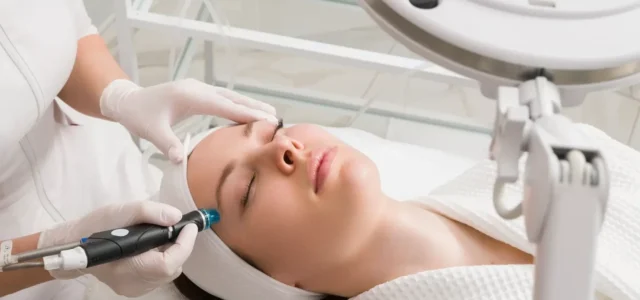
How to Become an Esthetician in Michigan
All content in this blog is for informational purposes only. It is not medical or legal advice. Please consult with…
Read More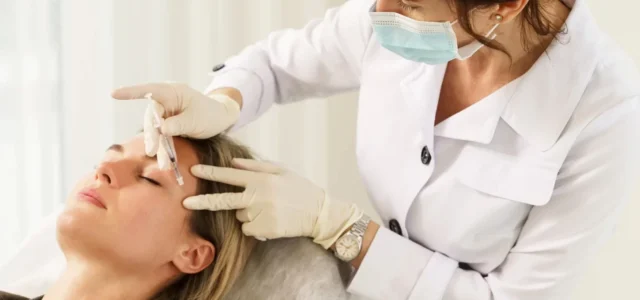
How to Transfer an Esthetician License to Another State
For information only. Not meant as advice in any form. Please consult your medical professional or lawyer. Esthetician licenses are…
Read More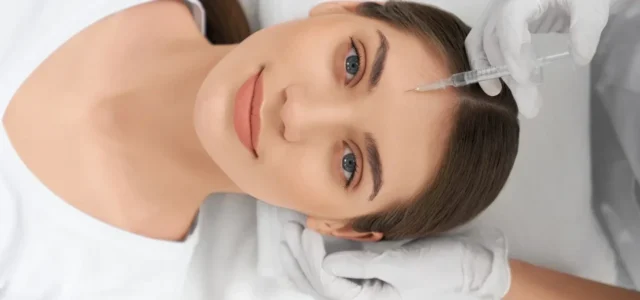
How to Become an Esthetician in Ohio
All content in this blog is for informational purposes only. It is not medical or legal advice. Please consult with…
Read More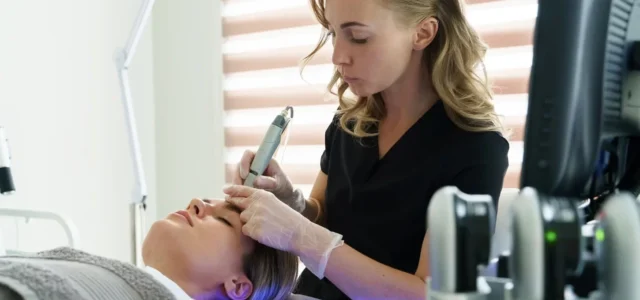
How to Get Dual Licensed As An Esthetician
All content in this blog is for informational purposes only. It is not medical or legal advice. Please consult with…
Read More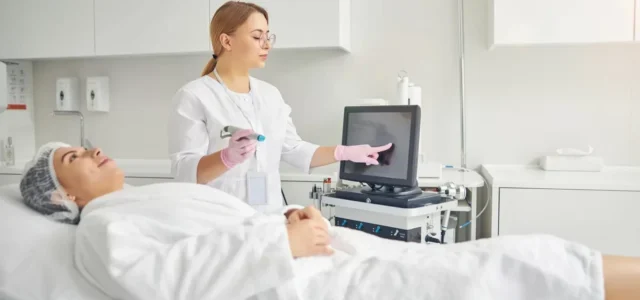
How To Become An Esthetician In NJ
For information only. Not meant as advice in any form. Please consult your medical professional or lawyer. Becoming a medical…
Read More
How to Become an Esthetician in NY
For information only. Not meant as advice in any form. Please consult your medical professional or lawyer. The practice of…
Read MoreMed Spa Startups

How Much Does the Tuition at Aveda Institute Cost?
For information only. Not meant as advice in any form. Please consult your medical professional or lawyer. The Aveda Institute…
Read More
How Hard Is The Esthetician Exam?
Before any esthetician can administer any type of skin care treatment, they first need to get their license from their…
Read More
How to Pay for Esthetician School
For information only. Not meant as advice in any form. Please consult your medical professional or lawyer. While estheticians can…
Read More
How Many Hours Is Esthetician School?
For information only. Not meant as advice in any form. Please consult your medical professional or lawyer. Estheticians are some…
Read More
What Is the Best Aesthetician Insurance?
All content provided in this blog is only for informative purposes and is not meant to be taken as advice…
Read More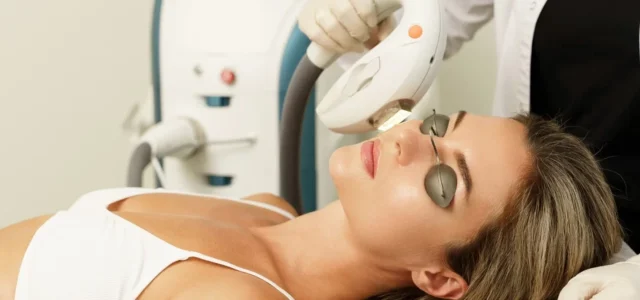
How Much Do Estheticians Make in Ohio
All content in this blog is for informational purposes only. It is not medical or legal advice. Please consult with…
Read MoreMicrocannulas
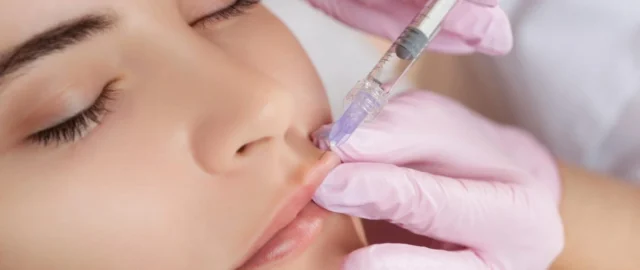
How Long Does Post-Injection Pain Last?
Injections can be a painful and unpleasant experience. Factors like injection speed and needle length can affect your experience. But…
Read More
Why Do Some Injections Hurt More Than Others?
Ask anyone what their least favorite medical procedure is, and you’re bound to get a chunk of people answering with…
Read More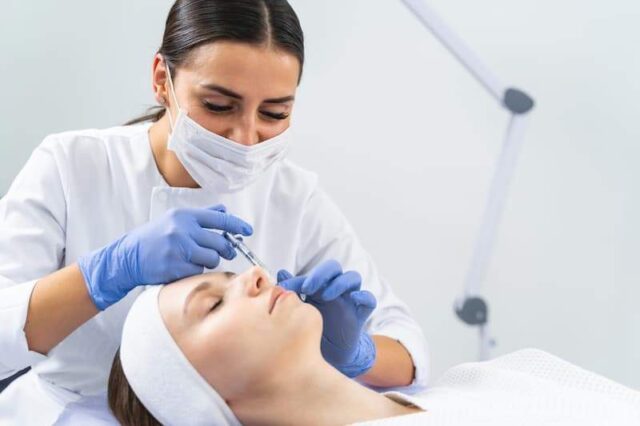
Cannula Needle For Fillers: The Best Option For Dermal Filler
Dermal filler injection has rapidly become a favorite of both patients and dermatologists for facial rejuvenation treatments. Less painful than…
Read More
The Different Types Of Cannulas And Their Uses
The cannula is a crucial piece of equipment that no medical or aesthetic practice should ever go without. Any injector…
Read More
Is It Safe to Use Microcannulas for Tear Trough?
Dermal filler treatment is a popular procedure that reduces the appearance of facial lines in different parts of the face,…
Read More
The Important Difference Between Cannula and Needle
When it comes to different aesthetic and medical procedures that involve injectables, doctors either use a blunt tipped cannula or…
Read MoreMicroneedling

Instructions on How to Use a Dr. Pen
Microneedling is a popular skincare treatment that helps treat a multitude of skin conditions like wrinkles, fine lines, dark spots,…
Read More
Will a Dr. Pen Needle Fit In an Eclipse MicroPen?
Microneedling is a non-surgical skin rejuvenation method that helps erase different signs of aging and improve skin tone and texture.…
Read More
Best Serums to Use for At-Home Microneedling
Microneedling is an effective skin rejuvenation session that solves a multitude of skin problems by triggering the body’s production of…
Read More
How Soon Can You Work Out After Using Dr. Pen?
Microneedling is a minimally invasive procedure that restores the skin’s health by creating micro-injuries on its surface and stimulating collagen…
Read More
What’s the Use of Nano Tip Cartridges for Dr. Pen?
Dr. Pen is one of the best at-home microneedling pens that many satisfied patients swear by. What most people love…
Read More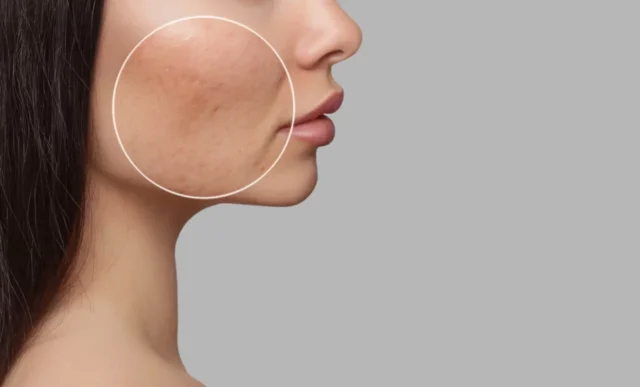
How to Microneedle Acne Scars at Home With Dr. Pen
Acne scars are common skin conditions that are difficult to treat with simple skin care products. It usually takes months…
Read More